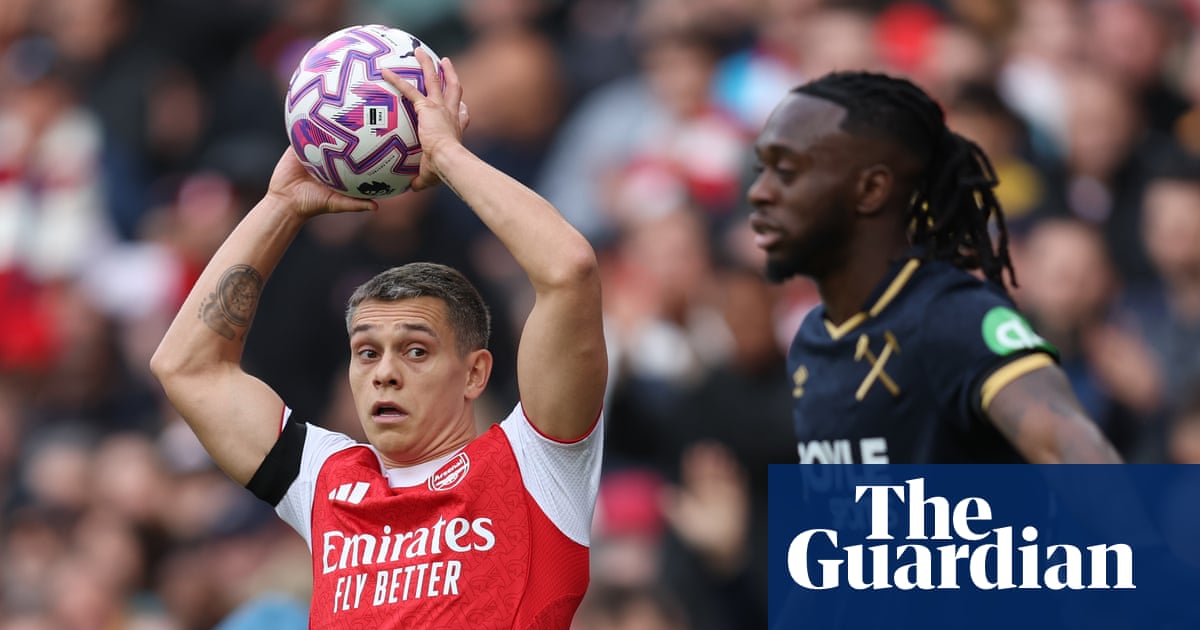Soccer, a sport beloved worldwide, constantly evolves and throws up new questions and trends that invite debate and analysis. In this article, Graham Ruthven explores three such topics that have captured attention recently: the resurgence of the long throw-in in English football, the struggles of Liverpool in the Premier League, and the seismic shifts taking place in Scottish soccer. Each issue highlights broader changes in the game’s tactics, culture, and competitive landscape.
**The Renaissance of the Long Throw-In**
One of the most striking tactical developments in the Premier League this season is the dramatic increase in the use of long throw-ins. Once popularized by Stoke City’s Rory Delap, known for his uncanny ability to hurl the ball deep into the opposition’s penalty area, the long throw is enjoying a renaissance. Statistical analysis reveals that the frequency of long throw-ins per match has more than doubled compared to last season, signaling a meaningful trend rather than a passing fad.
The revival of this tactic has sparked a variety of reactions. Some pundits, like Jamie Carragher, have openly criticized long throws for disrupting the flow of the game. They argue that these throws can make play feel disjointed or overly physical, and the sport’s governing bodies are reportedly considering regulatory changes to address the issue. Others take a more philosophical stance, viewing the tactic as a primitive, low-skill shortcut to scoring goals. From this perspective, relying on long throws undermines the artistry and technical skill that coaching traditionally emphasizes. If teams can simply launch the ball into the box at every opportunity, what incentive is there to develop intricate passing or dribbling?
Despite the controversy, many teams across the league have embraced the tactic, proving it is not just a tool for underdogs. Brentford, a club guided by data analytics and tactical innovation, leads the Premier League in the number of long throw-ins attempted this season. Their success in punching above their weight has inspired others: Arsenal, Manchester United, and Tottenham Hotspur also frequently incorporate long throws into their game plans. This trend ties into a broader tactical shift. For years, top teams prioritized intense high pressing and maintaining possession. But to counteract that pressure, opponents increasingly opt for direct play, moving the ball forward quickly by any means available. Passing rates in the Premier League are currently at a 15-year low, reflecting this evolution toward more direct, speedy transitions. Long throws fit neatly into this approach, allowing teams to bypass midfield congestion and create immediate aerial threats.
Whether this new emphasis on long throws improves or detracts from the sport is subjective. Fans and analysts will continue to debate whether the tactic enriches the game with variety and unpredictability or diminishes its aesthetic and technical qualities.
**Liverpool’s Struggles Against Direct Play**
Liverpool, one of the Premier League’s most storied clubs, recently fell victim to this very tactical trend. In a 3-2 defeat to Brentford at the Brentford Community Stadium, the Reds struggled to cope with Brentford’s direct approach, which heavily featured long throw-ins. Liverpool manager Arne Slot had acknowledged his team’s difficulties defending against physically imposing, direct opponents, noting that his players were “not able to press the opponent because the ball wasn’t on the ground, it was in the air.” Despite this awareness, no effective countermeasure was found to neutralize Brentford’s weaponized throw-ins.
This loss reflects a recurring pattern for Liverpool this season. The team has often faltered when facing opponents who rely on long balls and physicality rather than intricate build-up play. Defensively, they have lacked organization during transitions, and going forward, they have struggled to strike the right balance in attack. Though Mohamed Salah scored in the match, his form has been below the exceptional standard he set last season when he broke goal-scoring records. Similarly, young talents like Florian Wirtz have struggled to consistently influence games.
Liverpool’s woes are well documented, and while their squad boasts immense talent, tactical coherence has been elusive. Slot’s recent experiments in the Champions League—such as a dominant 5-1 win over Eintracht Frankfurt achieved by benching Salah—suggest a search for solutions, but injuries and squad limitations have hampered consistency. As Liverpool grapples with these issues, Arsenal’s relentless consistency and momentum at the top of the table may already have put Liverpool’s hopes of defending their Premier League title in jeopardy.
**A Turning Point in Scottish Soccer**
While English soccer sees tactical shifts and

